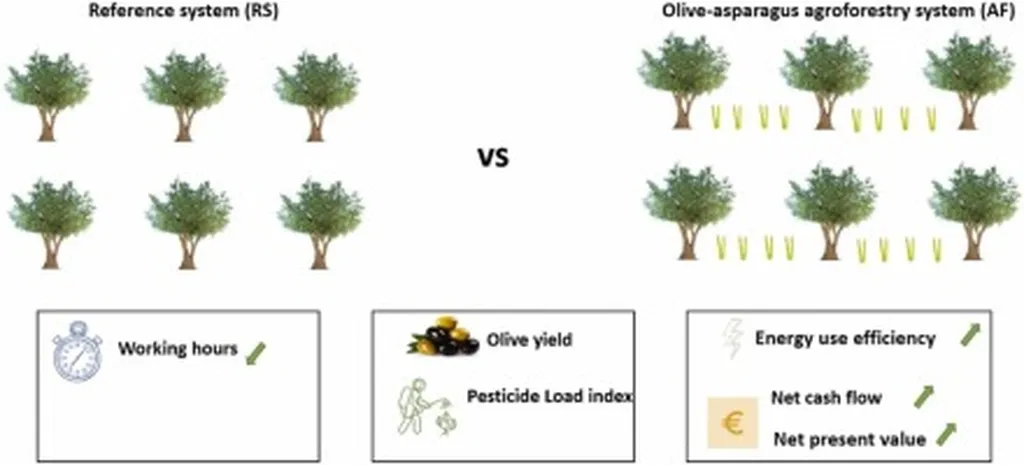In the heart of Italy, researchers are uncovering a silent threat lurking in the fields and forests where agroforestry workers toil daily. A comprehensive review led by Daniela Scutaru from the Department of Agriculture and Forestry Sciences at the University of Tuscia has shed light on the intensifying exposure of these workers to airborne particulate matter (PM), a problem exacerbated by climate change. The study, published in the journal *AgriEngineering* (translated to English as “AgriEngineering”), brings to the forefront a critical issue that could reshape occupational health standards and safety protocols in the agroforestry sector.
Scutaru and her team analyzed 174 technical and scientific sources spanning from 1974 to 2025, meticulously dissecting the primary sources of PM in agricultural and forestry activities. Their findings reveal that machinery used in these sectors not only contributes significantly to PM emissions but also influences the type and quantity of particles released into the air. “The machinery used in agriculture and forestry is a double-edged sword,” Scutaru explains. “While it boosts productivity, it also emits particulate matter that poses serious health risks to workers.”
The review highlights how changing climatic conditions—such as increased drought, wind, and temperature—amplify the generation and dispersion of PM. This creates a perfect storm of health risks, particularly respiratory, dermatological, and reproductive issues, which are further compounded by the presence of toxicants like heavy metals, volatile organic compounds, and pesticide residues in the PM.
Despite existing regulatory frameworks, the study identifies significant gaps in PM exposure limits specifically tailored for the agroforestry sector. Scutaru emphasizes the need for a proactive approach: “We need to integrate innovation, policies, and occupational safety measures to safeguard workers’ health in the face of increasing climate stress.”
Emerging technologies, such as environmental sensors, AI-based predictive models, and drone-assisted monitoring, are proposed as potential solutions for real-time risk detection and mitigation. These technologies could revolutionize the way the agroforestry sector monitors and manages PM exposure, ensuring a safer working environment for millions of workers worldwide.
The implications of this research extend beyond occupational health, touching upon the broader agricultural and forestry industries. As climate change continues to intensify, the need for robust safety protocols and innovative technologies becomes ever more pressing. The study serves as a wake-up call for policymakers, industry leaders, and technology developers to collaborate and address this growing challenge.
Scutaru’s work not only highlights the urgent need for action but also paves the way for future developments in the field. By bridging the gap between scientific research and practical application, this review could shape the future of occupational health and safety in the agroforestry sector, ensuring a healthier and more sustainable future for workers and the environment alike.

